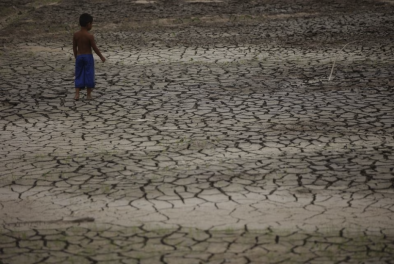Getting ahead of Flash Drought: From Early Warning to Early Action
Study key findings & significance
- Though recent years have seen tremendous advances in our understanding of this extreme climate phenomenon, substantial work remains to fill scientific gaps and to address the drought early warning and mitigation needs of practitioners and policy-makers.
Abstract
Flash droughts, characterized by their unusually rapid intensification, have garnered increasing attention within the weather, climate, agriculture, and ecological communities in recent years due to their large environmental and socioeconomic impacts. Because flash droughts intensify quickly, they require different early warning capabilities and management approaches than are typically used for slower-developing “conventional” droughts. In this essay, we describe an integrated research-and-applications agenda that emphasizes the need to reconceptualize our understanding of flash drought within existing drought early warning systems by focusing on opportunities to improve monitoring and prediction. We illustrate the need for engagement among physical scientists, social scientists, operational monitoring and forecast centers, practitioners, and policy-makers to inform how they view, monitor, predict, plan for, and respond to flash drought. We discuss five related topics that together constitute the pillars of a robust flash drought early warning system, including the development of 1) a physically based identification framework, 2) comprehensive drought monitoring capabilities, and 3) improved prediction over various time scales that together 4) aid impact assessments and 5) guide decision-making and policy. We provide specific recommendations to illustrate how this fivefold approach could be used to enhance decision-making capabilities of practitioners, develop new areas of research, and provide guidance to policy-makers attempting to account for flash drought in drought preparedness and response plans.
Related Content




